Roy Nakayama
Foundational in Establishing Chile As a Major Industry in New Mexico
(b. 1923, near Doña Ana, NM–d. 1988, Las Cruces, NM)
Although his research accomplishments may have eclipsed his teaching excellence, sharing knowledge was always one of Roy’s highest goals. As expressed by Dr. John Mexal, head of the horticulture department during Dr. Nakayama’s final years at NMSU,
“Students loved Roy.”
Building on the accomplishments of Fabián García and working collaboratively with New Mexico plant breeders and farmers, he conducted research at NMSU for 32 years, making important contributions to the chile and pecan industries. It is estimated that Dr. Nakayama’s research and the chile varieties he developed continue to generate more than $10 million of income per year in New Mexico. Roy was born in a clinic on former Shalam Colony land in New Mexico, to parents who had emigrated from Japan. Roy and his seven siblings grew up in the Mesilla Valley and worked summers on their family’s truck farm, which later sold vegetables under the ‘‘Naky” label. At Las Cruces Union High, Roy showed lambs and judged dairy cows. In 1938 he was on the winning team at the Southwestern Livestock Show. The family emphasized educational opportunities, and seven of the eight siblings attended NMSU (then called New Mexico A&M).

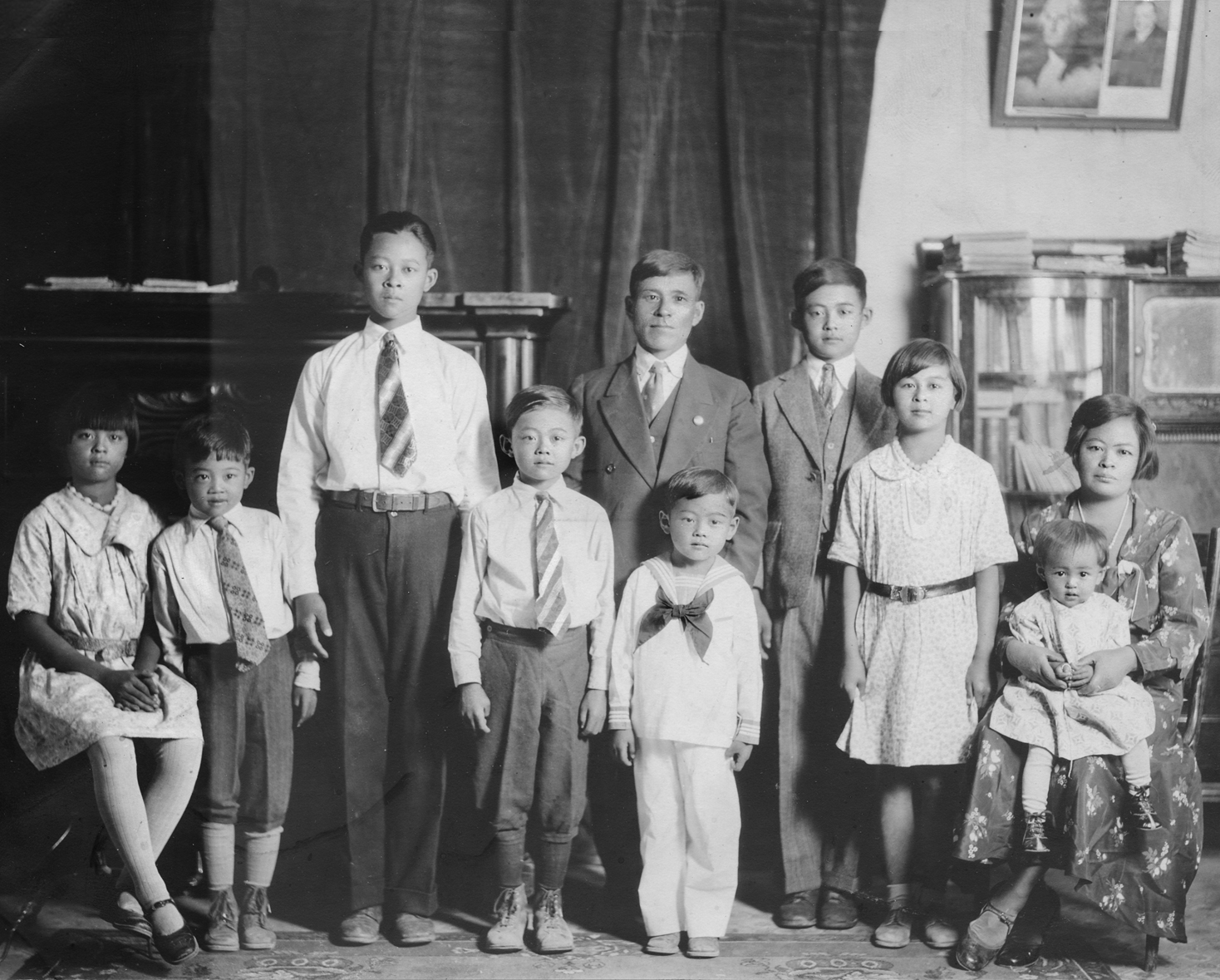
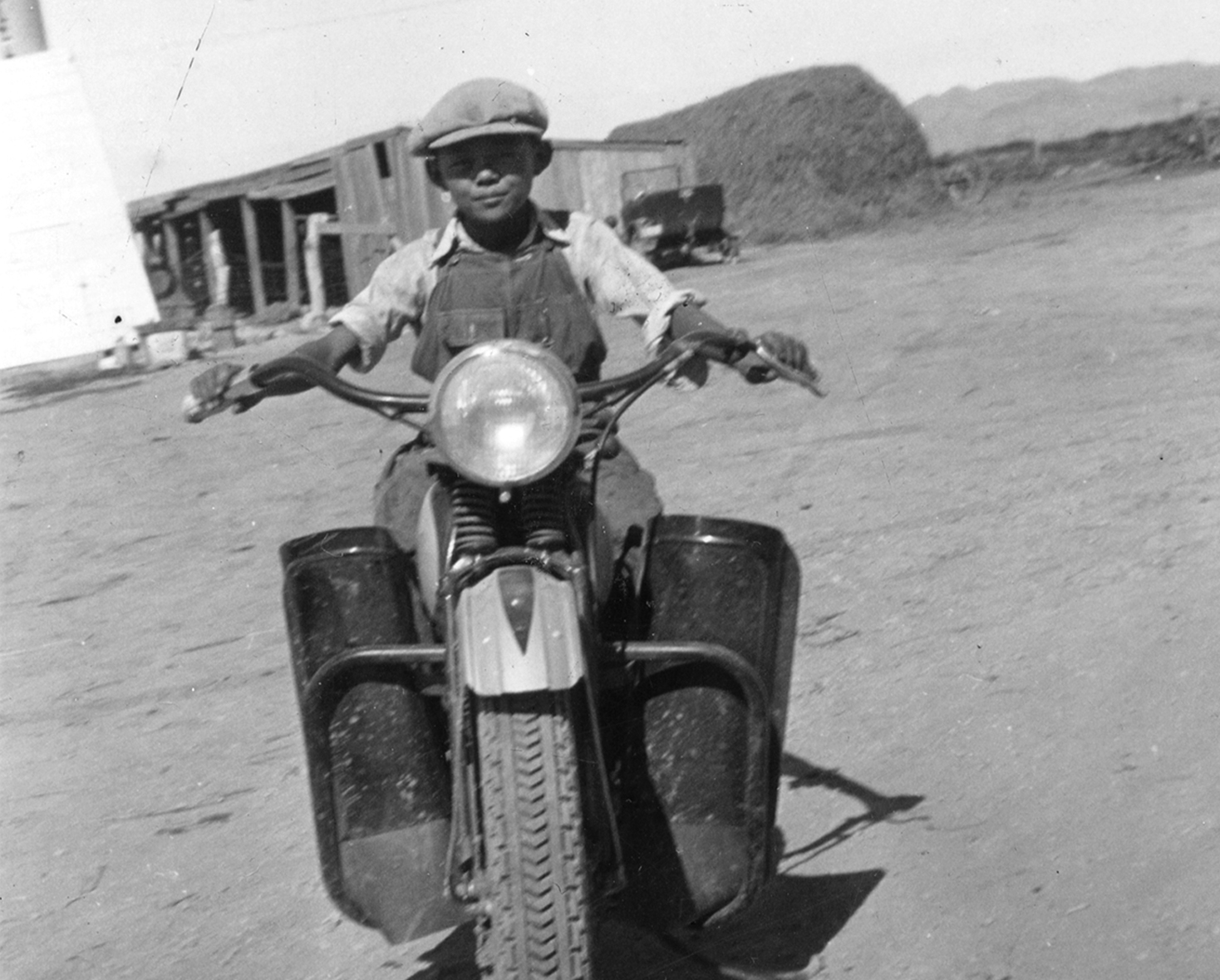
When World War II started, Roy enlisted in the U.S. Army after attending New Mexico A&M for two years. While serving in Europe during the Battle of the Bulge, he was captured and spent seven months as a prisoner of war in Germany. When liberated, he weighed only 87 pounds. His wife, Rose, said imprisonment left its mark. For the rest of his life, he struggled with cold temperatures and could no longer do hard physical labor on the farm. This portrait of Roy in uniform is inscribed to his mother, Tome Nakayama.
Due to anti-Japanese sentiment in this era, Roy’s return to college was not easy. During this tragic time, many American citizens of Japanese descent had been forcibly relocated from coastal regions to internment camps. The Nakayama family, already living in the interior of the country, stayed in their homes, but attitudes toward Japanese-Americans were marred by mistrust and racism. Throughout his life, Roy was deeply sensitive to how racial stereotypes and segregation harmed society and negatively affected all groups.
Returning to Las Cruces with hopes of continuing his education, Roy was initially refused re-admission to New Mexico A&M. His former professors lobbied on his behalf, and in 1948 he completed a bachelor’s degree in botany. Roy also studied at Iowa State University, earning both a master’s (1950) and a doctorate (1960) in plant pathology. At NMSU he taught and conducted research in agriculture and horticulture for three decades before retiring in the mid-1980s.
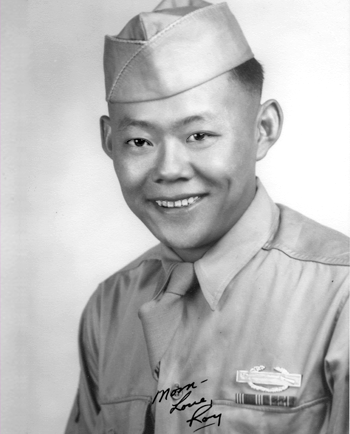
Dr. Nakayama's contributions in chile include ‘NuMex Big Jim’, released in 1975, considered the world’s largest green chile pod, perfect for a chile relleno. Its name honors Hatch farmer James A. Lytle, who helped in its development. After this release, U.S. chile consumption doubled over the next decade. Together with other horticulturalists, Dr. Nakayama also bred ‘Española Improved’, ‘NuMex 6-4’ and ‘NuMex R Naky’, a sweet paprika cultivar named after his wife, Rose. He loved to eat chile – and judged at the International Chili Society World Championship Cook-off for more than 20 years.
The pecan industry, too, benefited from Dr. Nakayama’s plant breeding skills. Working with Dr. Esteban Herrera, he developed the ‘Sullivan’ and ‘Salopek’ pecan cultivars and continuously refined cultivation techniques to suit New Mexico’s climate and soils. Although his research accomplishments may have eclipsed his teaching excellence, sharing knowledge was always one of Roy’s highest goals. As expressed by Dr. John Mexal, head of the horticulture department during Dr. Nakayama’s final years at NMSU, “Students loved Roy.” The Roy Nakayama Scholarship, in the Department of Horticulture in the NMSU College of Agricultural, Consumer and Environmental Sciences (ACES) continues to benefit students. Dr. Nakayama’s brother Joe also established two research professorships at NMSU, one in ACES and the other in the College of Engineering, in honor of their parents, “John” Kaichiro and Tome Nakayama.
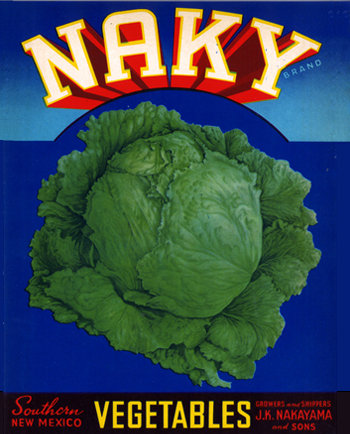
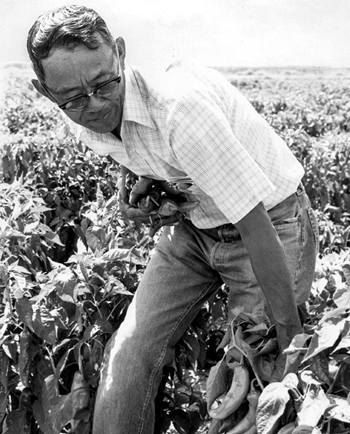
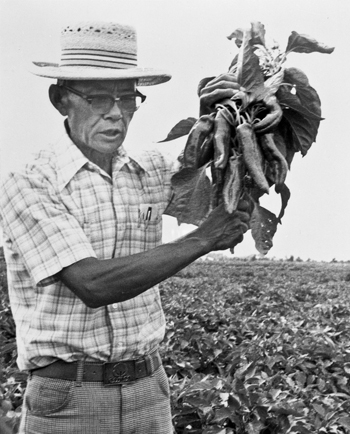
- Poster about Roy Nakayama
This downloadable poster provides the information in PDF form.